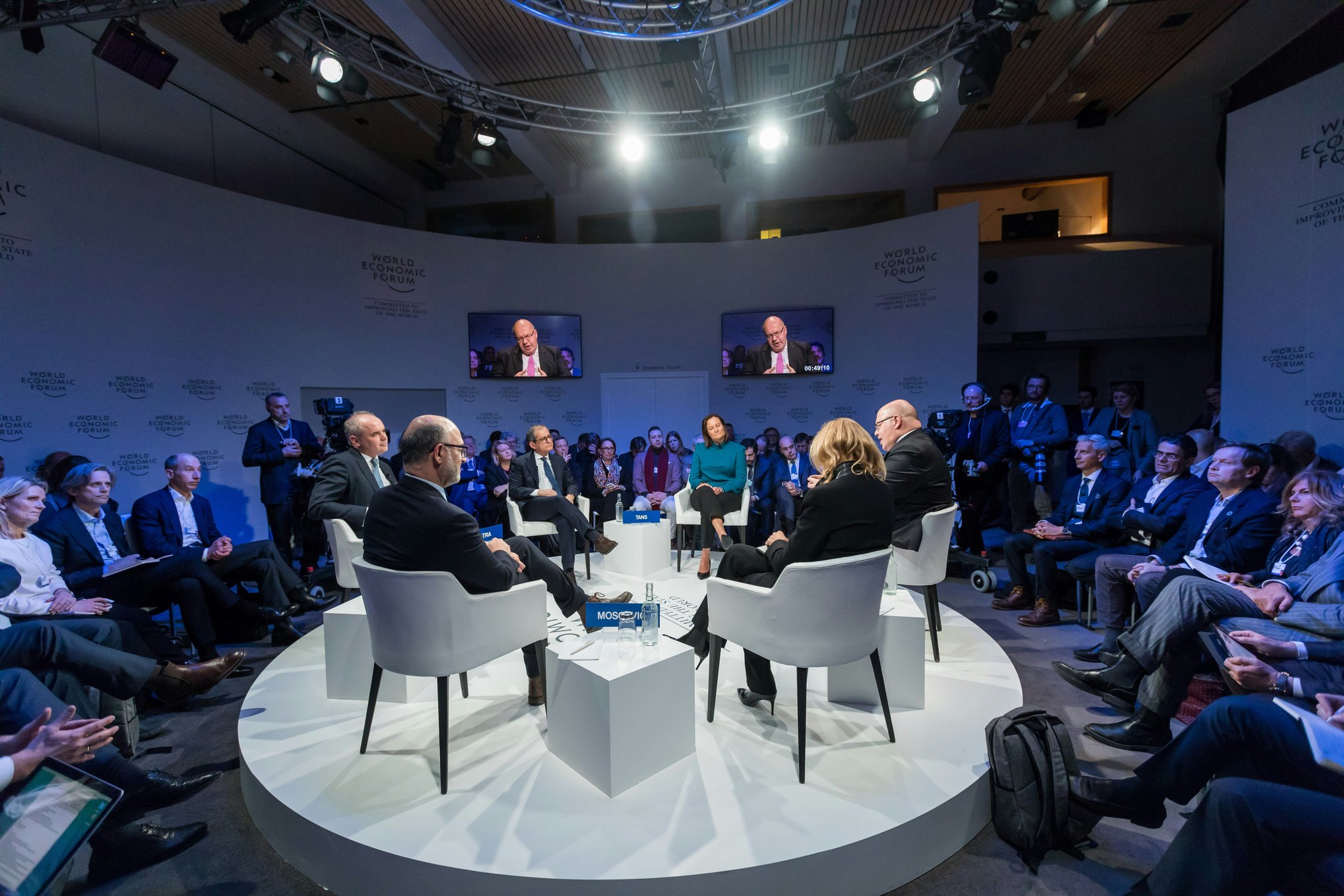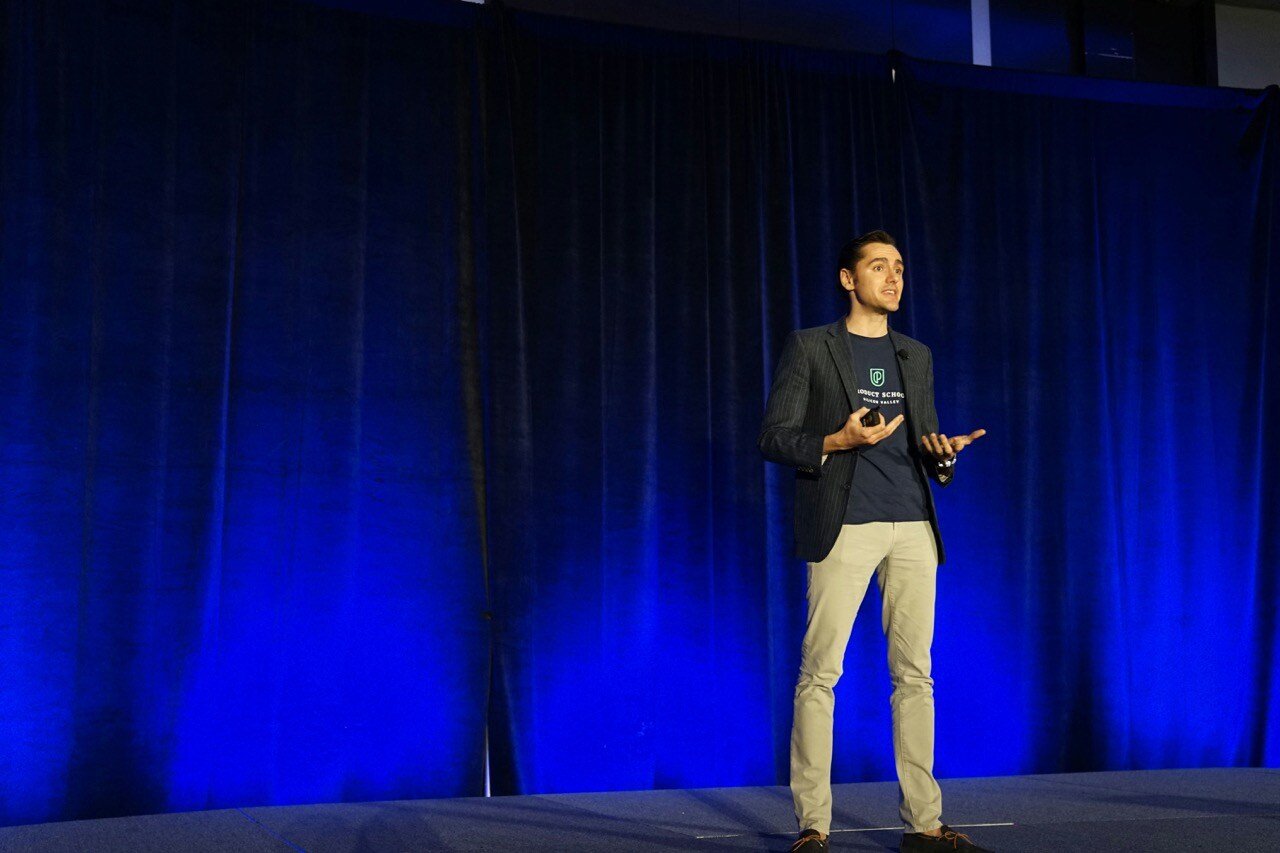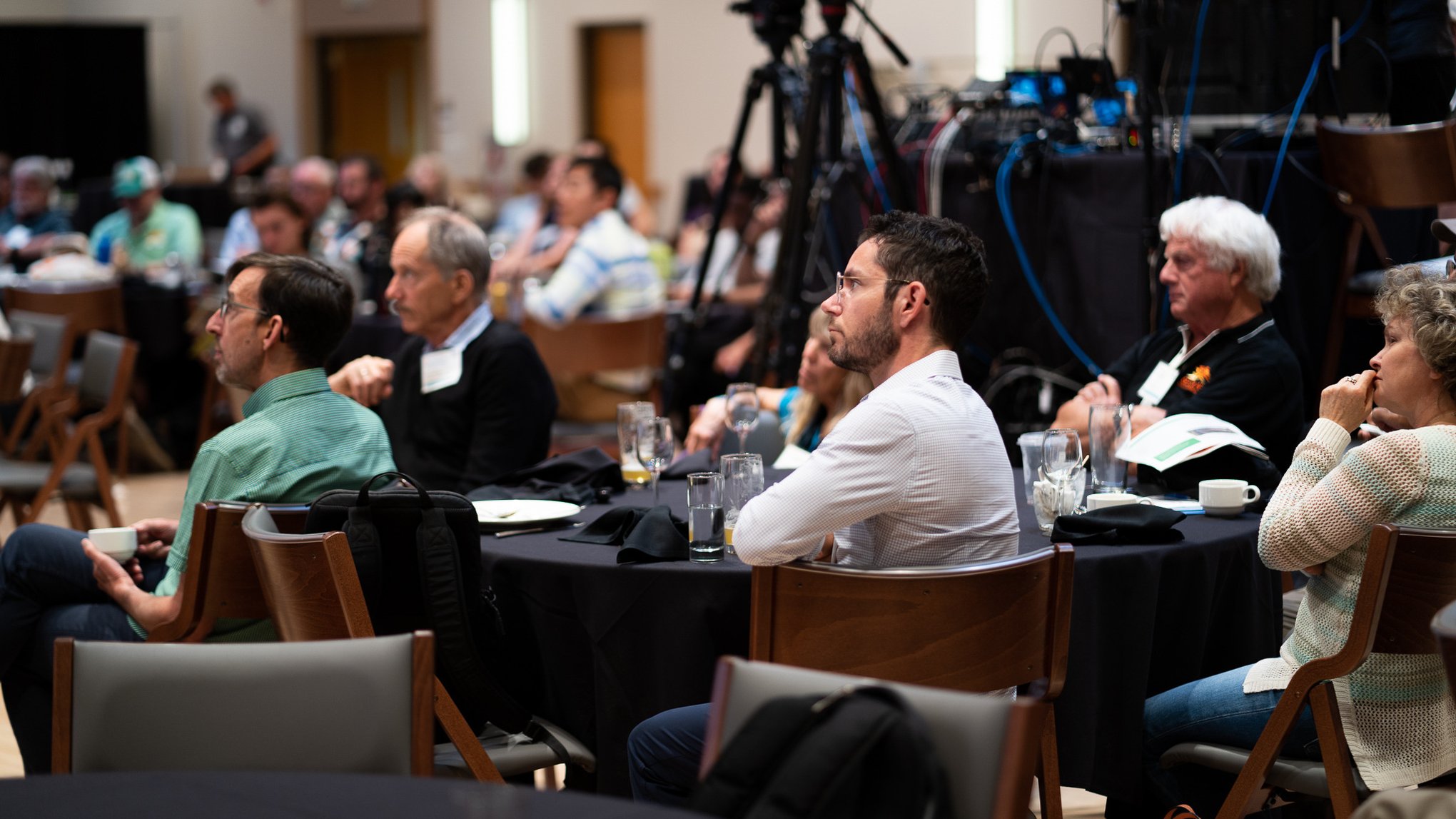Align Purpose & Define Goals
Build the Financial Model & Define ROE/ROA
Establish Core Drivers of Success
Define & Align Marketing Strategy

Introduction
In the world of event planning, aligning the purpose, goals, and core drivers is not just a task — it’s the cornerstone of every successful event. That is why Earth Coast Productions created our trademark Event Production Guide.
In this overview, we dive into one crucial area of successful event planning focusing on "Purpose Alignment, Goals & Core Drivers" providing a strategic blueprint that ensures your event not only meets but surpasses expectations. This first stage is the foundation of the Earth Coast Productions Event Production Guide.
Each critical phase of our complete guide builds upon the last, enabling you to set and achieve big goals.
Event production requires a strategic mindset and a clear methodology. Our proven approach ensures each event is impactful and profitable.

Purpose Alignment, Goals & Core Drivers
This first stage is the most important. Here is where you bring clarity to the overall foundation of the event.
While your event is individually important, it is equally important to understand how the event supports the organization’s mission and vision.
This becomes the main focus point for every decision during the event planning process while establishing a common purpose with which the entire event leadership team is rallied to support.
You want to ask yourself: how does the event serve the larger picture of the brand and organization, what are the specific goals that need to be accomplished along with the metrics that define a successful event, and how will the financial model and marketing strategy support these goals?
Clients That Trust Earth Coast Productions



Dive Into the Details

Step 1: Align Purpose & Define Goals
- Organizational Mission & Event Purpose: Forge a clear link between your organization’s mission and the event's purpose. This alignment empowers your event to support a larger initiative and a long-term vision. If these are out of alignment, not only do you risk the success of the event, but potentially damaging your brand as well.
- Event Goals: Set specific, measurable event goals, and metrics that engage all event stakeholders, reflecting your mission and setting clear benchmarks for success. Define short-term and long-term goals in relation to the event.
- Long-Term Impact: Strategize on what the long-term impact will be from the success of this event. What long-term goals can you set now for this event that can direct or impact your planning process?

Step 2: Build the Financial Model & Define ROE/ROA
- Financial Model: Develop a robust financial framework for the event that details all revenue streams and cost structures. Align your budget with your goals without sacrificing quality.
- ROE (Return On Event): Similar to defining a financial framework, you want to outline how and where you will measure ROE. Ensuring you’re tracking overall event return in combination with financial forecasts will prepare you to make better decisions along the way to ensure you meet your goals. ROE will look different for each event so analyze the key details that are most important for your organization to track.
- ROA (Return on Attention): ROA measures the return that you are getting on the attention of your viewers. Having viewers is great while understanding them is even better. How are they interacting and what is the quality of their time? How can you provide maximum impact to not only gain the attention of attendees but keep it long after the event is over? What action step do you want your audience to take during or after the event?

Step 3: Establish Core Drivers of Success
- Define + Align Stakeholders: Consider everyone that your event is engaging with, from speakers, sponsors, and attendees to the local community or political officials, to define a well-rounded list of interested parties - aka Stakeholders. Dive deep into the expectations of all the stakeholders ensuring their requirements and concerns are listed out and aligned with the event's performance and overall goals
- Core Drivers of Success: These are specific requirements for the event to be successful and the goals to be accomplished. Core drivers will often be multi-staged and span across various areas. Each event goal will have different core drivers of success.
- Success Metrics: Establish and track key metrics that define success, providing clear, actionable insights into event performance. Keep track of these metrics during the entire event process. The more data, the better.

Step 4: Define & Build Marketing Strategy
- Build The Strategy: If you’ve aligned your financial goals accurately and defined event success, you will build a marketing strategy that supports your event objectives while staying aligned with your fiscal responsibilities, making the most of your marketing dollars.
- Target Audience & Campaigns: Identify and investigate your target audience. Once you understand that audience, you can tailor marketing campaigns to meet financial and participation goals for the event ensuring you attract the right attendees.
- Core Driver Focus: Establish your marketing efforts to directly support the core drivers and goals with a focus on specific, targeted messaging to your audience that will resonate before, during, and after the event.
The Broader Picture
While "Purpose Alignment, Goals & Core Drivers" is a fundamental piece of the event planning puzzle, it's just one aspect of a much larger framework.
To truly bring your event to life and ensure its success, it's essential to have a leadership team that deeply understands the connection and interaction within each key area during the phases of event production.
The Earth Coast Productions Event Production Guide defines 3 stages of event planning, supported by an 8-step process, and 6 key documents that align every area of responsibility. Together, these allow a strong leadership team to bring together the right people who can execute your event successfully.

In 2024, the virtual and hybrid event space is rapidly expanding with growth and success. After over 12 years of experience and innovation in the industry, Earth Coast Productions understands how to plan and execute successful events.
Ready to dive deeper and learn how each component of our comprehensive event production system can help you achieve excellence?
Book a consultation call with us today.
